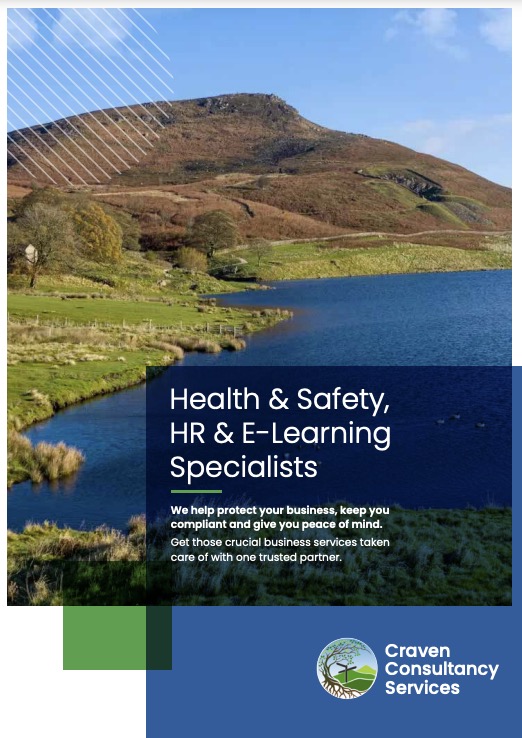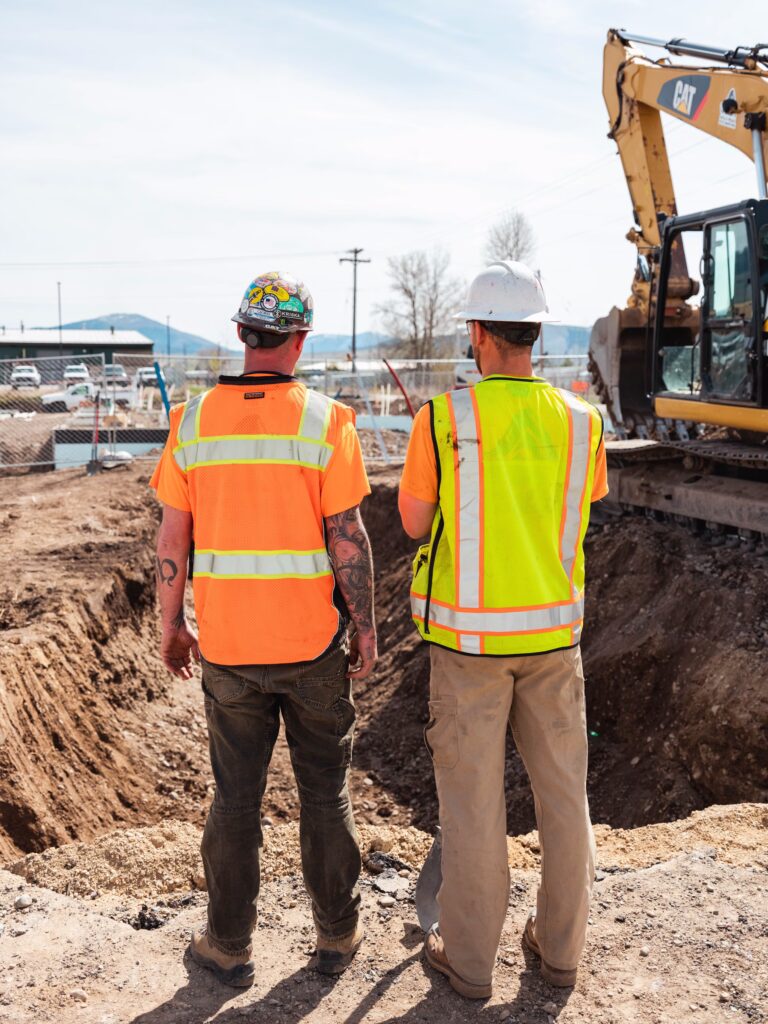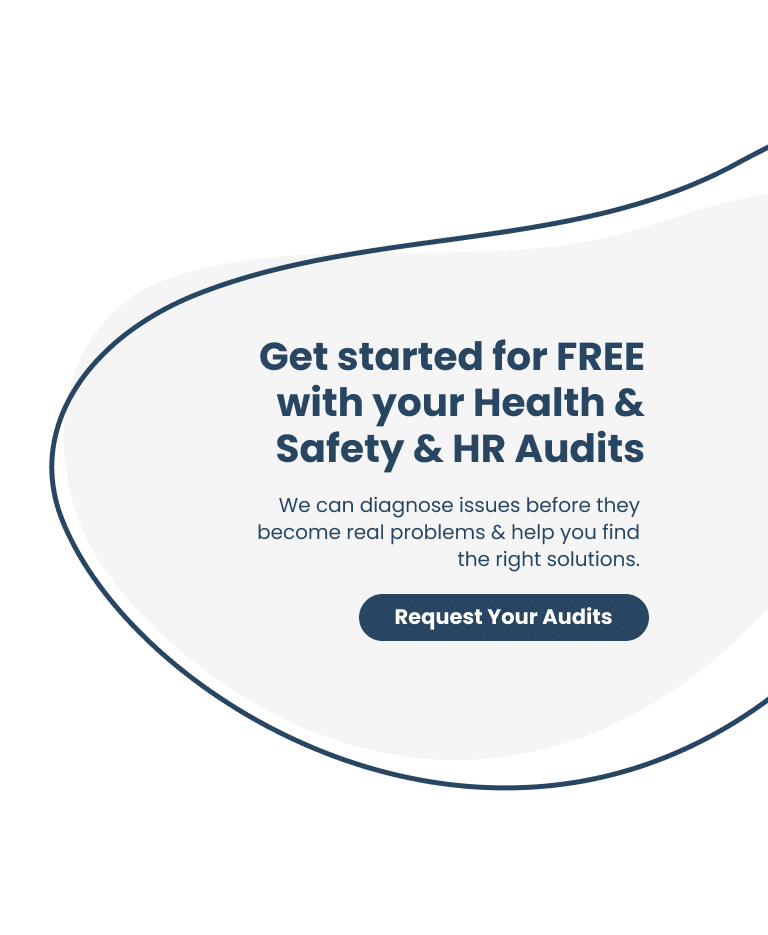The Importance of Health & Safety & Training in Agriculture
Introduction
We want to delve into an essential topic that affects farmers, farmworkers, and the entire community: health and safety in agriculture. As we explore the significance of prioritising these aspects, we shed light on the immense impact they have on the well-being of individuals, the environment, and the sustainability of our agricultural systems.
About Health and Safety in Agriculture
In the last ten years, almost one person a week has been killed as a direct result of agricultural work. Many more have been seriously injured or made ill by their work.
People have a right to return home from work safe and sound. Good farmers and employers recognise the benefits of reducing incidents and ill health among their workers, and are aware of the financial and other reasons to aim for and maintain good standards of health and safety.
Health and safety is a fundamental requirement of a sustainable farming business and should be regarded as an essential part of farm business management. Unwise risk-taking is an underlying problem in the industry and those working on their own are especially vulnerable.
The personal costs of injury and ill health can be devastating. Life is never the same again for family members left behind after a work-related death, or for those looking after someone with a long-term illness or serious injury caused by their work.
https://www.gov.uk/guidance/farm-health-and-safety
Injuries and Ill Health in Agriculture
Farming is a hazardous industry. Farmers and farm workers work with potentially dangerous machinery, vehicles, chemicals, livestock, at height or near pits and silos. They are exposed to the effects of bad weather, noise and dust. The risks also include family members working at the farm and children living at the farm.
Agricultural work can also be physically demanding and the repetitive nature of the work causes a range of health problems, including severe back pain.
With high numbers and rates of fatal injury, agriculture, forestry and fishing is the riskiest industry sector. Just over one in a hundred workers (employees and the self-employed) work in agriculture, but it accounts for about one in five fatal injuries to workers. Further information on numbers and rates of injury and ill health in agriculture can be found at:
The Costs and Causes of Death and Injury
The total annual cost of injuries (in farming, forestry and horticulture) to society is estimated at £190 million and around two-thirds of that is due to reportable injuries (£130 million), with fatalities accounting for around another third (£55 million).
The most common causes of death are:
- transport – being struck by moving vehicles;
- being struck by a moving or falling object, eg bales, trees etc;
- falls from height;
- asphyxiation or drowning;
- contact with machinery;
- injury by an animal;
- being trapped by something collapsing or overturning;
- contact with electricity, nearly two-thirds of which involves overhead power lines (OHPLs).
What a Good Farm looks like?
Many people overlook the importance of this subject but Health & Safety in agriculture does come under H&S legislation in fact it has it’s very own HSE Campaign to go with it!
Last year HSE launched Your Farm, Your Future – a campaign focused on the number one cause of fatalities in agriculture – moving vehicles.
This guide helps you and other farmers understand common risks to health and safety on your farm. By following this guide, you will know what you can do to control common risks. You’ll be more likely to comply with the law and understand what a good farm looks like. This will help prevent accidents and ill health on your farm.
https://www.hse.gov.uk/agriculture/assets/docs/good-farm.pdf
https://www.hse.gov.uk/pubns/agindex.htm
Protecting Farmer’s Health
Agriculture is undoubtedly a physically demanding occupation. Farmers are exposed to a multitude of potential health hazards, including long hours of work, exposure to hazardous chemicals, heavy machinery operation, and risks associated with working with livestock. Prioritising health and safety measures helps safeguard farmers’ well-being, ensuring they can continue to provide us with the food we depend on.
Safeguarding Farmworker Welfare
Farmworkers, who play a crucial role in the agricultural sector, often face various occupational hazards. By implementing health and safety practices, we can protect them from injuries, respiratory problems resulting from pesticide exposure, and other work-related health issues. Not only does this enhance their quality of life, but it also fosters a more productive and sustainable workforce.
Reducing Environmental Impact
Health and safety considerations extend beyond human welfare; they also encompass environmental preservation. Sustainable farming practices, such as proper handling and disposal of agricultural chemicals, reduce the risk of contamination of water sources and soil. By minimizing environmental impact, we protect ecosystems, biodiversity, and overall ecological balance.
Promoting Food Safety
Health and safety measures in agriculture are integral to ensuring the safety and quality of the food we consume. By adhering to proper hygiene practices, implementing pest control measures, and employing safe storage and transportation methods, farmers contribute to reducing the risk of foodborne illnesses. This not only protects consumers’ health but also upholds the reputation of the agricultural industry.
Enhancing Agricultural Sustainability
Health and safety practices in agriculture go hand in hand with the long-term sustainability of our food systems. By investing in preventive measures, such as routine equipment maintenance, adequate training for workers, and implementing ergonomic practices, we reduce the likelihood of accidents, injuries, and illnesses. This, in turn, prevents disruptions to farming operations and ensures the continuity of agricultural production.
Conclusion
As we conclude our exploration of health and safety in agriculture, it becomes apparent that these aspects are not mere add-ons but pillars upon which a thriving and sustainable farming industry is built. By prioritising health and safety, we guarantee the well-being of farmers, farmworkers, consumers, and the environment.
Real Life Story here
https://press.hse.gov.uk/2024/02/14/farmer-fined-after-friends-had-to-climb-tree-to-escape-cow-attack/?utm_source=social&utm_medium=facebook&utm_campaign=prosecution-push&fbclid=IwAR1WQpCEBMQUaHQN8a7p_G9I1ibzbpHzylJpu3i7G1bp0cXZeoVkfsn0xuk
How can Craven help?
Getting Started
Health and safety is relevant to all businesses. So, if you are an employer – or are self employed – you are responsible for the health, safety and welfare of employees and any others who may be affected by what you do. This includes employees, casual or part time workers, trainees, customers, neighbours, sales people and members of the public.
Health & Safety Mandatory & Statutory Training
Health and Safety
Farmers need comprehensive training in health and safety to manage the various risks associated with farming. Here are some key areas of training:
- Working Safely – Health & Safety Training
- Working in Confined Spaces
- COSHH
- First Aid
- Risk Assessments
- Working at Height
Interested? That’s great please do get in touch to see how we can work alongside you; to give you ‘peace of mind’ and to protect your business, your people and your animals.
@[email protected]
01756 860600











